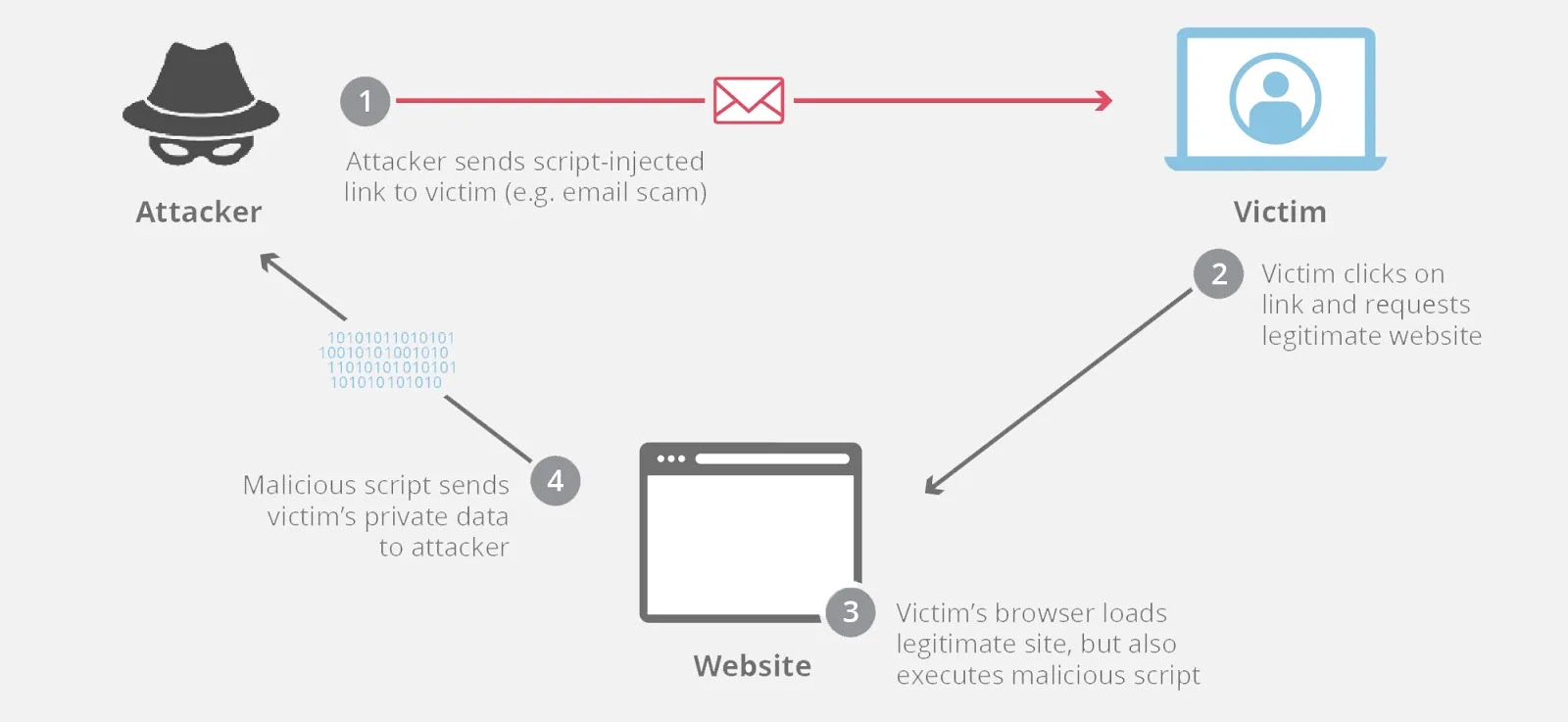What is Cross Site Scripting Attack (XSS-Attack)
WHAT IS CROSS SITE SCRIPTING (XSS) :
Cross-Site Scripting (XSS) attacks are a type of injection, in which malicious scripts are injected into otherwise benign and trusted websites. XSS attacks occur when an attacker uses a web application to send malicious code, generally in the form of a browser side script, to a different end user. Flaws that allow these attacks to succeed are quite widespread and occur anywhere a web application uses input from a user within the output it generates without validating or encoding it.
An attacker can use cross site scripting (XSS) to send a malicious script to an unsuspecting user. The end user’s browser has no way to know that the script should not be trusted, and will execute the script. Because it thinks the script came from a trusted source, the malicious script can access any cookies, session tokens, or other sensitive information retained by the browser and used with that site. These scripts can even rewrite the content of the HTML page.
Description:
Cross-Site Scripting (XSS) attacks occur when:
- Data enters a Web application through an untrusted source, most frequently a web request.
- The data is included in dynamic content that is sent to a web user without being validated for malicious content.
The malicious content sent to the web browser often takes the form of a segment of JavaScript, but may also include HTML, Flash, or any other type of code that the browser may execute. The variety of attacks based on cross site scripting (XSS) is almost limitless, but they commonly include transmitting private data, like cookies or other session information, to the attacker, redirecting the victim to web content controlled by the attacker, or performing other malicious operations on the user's machine under the guise of the vulnerable site.
How is Cross Site Scripting (Xss) Being Performed ???
Cross Site Scripting attack means sending and injecting malicious code or script. Malicious code is usually written with client-side programming languages such as Javascript, HTML, VBScript, Flash, etc. However, Javascript and HTML are mostly used to perform this attack.
This attack can be performed in different ways. Depending upon the type of Cross Site Scripting (XSS) attack, the malicious script may be reflected on the victim’s browser or stored in the database and executed every time, when the user calls the appropriate function.
The main reason for this attack is inappropriate user’s input validation, where malicious input can get into the output. A malicious user can enter a script, which will be injected into the website’s code. Then the browser is not able to know if the executed code is malicious or not.
Therefore malicious script is being executed on the victim's browser or any faked form is being displayed for the users. There are several forms in which XSS attack can occur.
The Cross Site Scripting (XSS) Attack is discribed below ➽➽➽
Thank you !




Comments